Real Authentic Thai red curry paste (Prig Gang Ped พริกแกงเผ็ด) is a very important ingredient when making Thai foods like stir-fries, curries and soups.
Together with green, yellow and massaman curry paste, it forms the backbone of many Thai favourites like Jungle curry and shrimp massaman curry.
Making your curry paste yields an amazingly aromatic and full-flavoured base you can use in everyday simple recipes like Thai beef koftas or Thai spiced cashews.
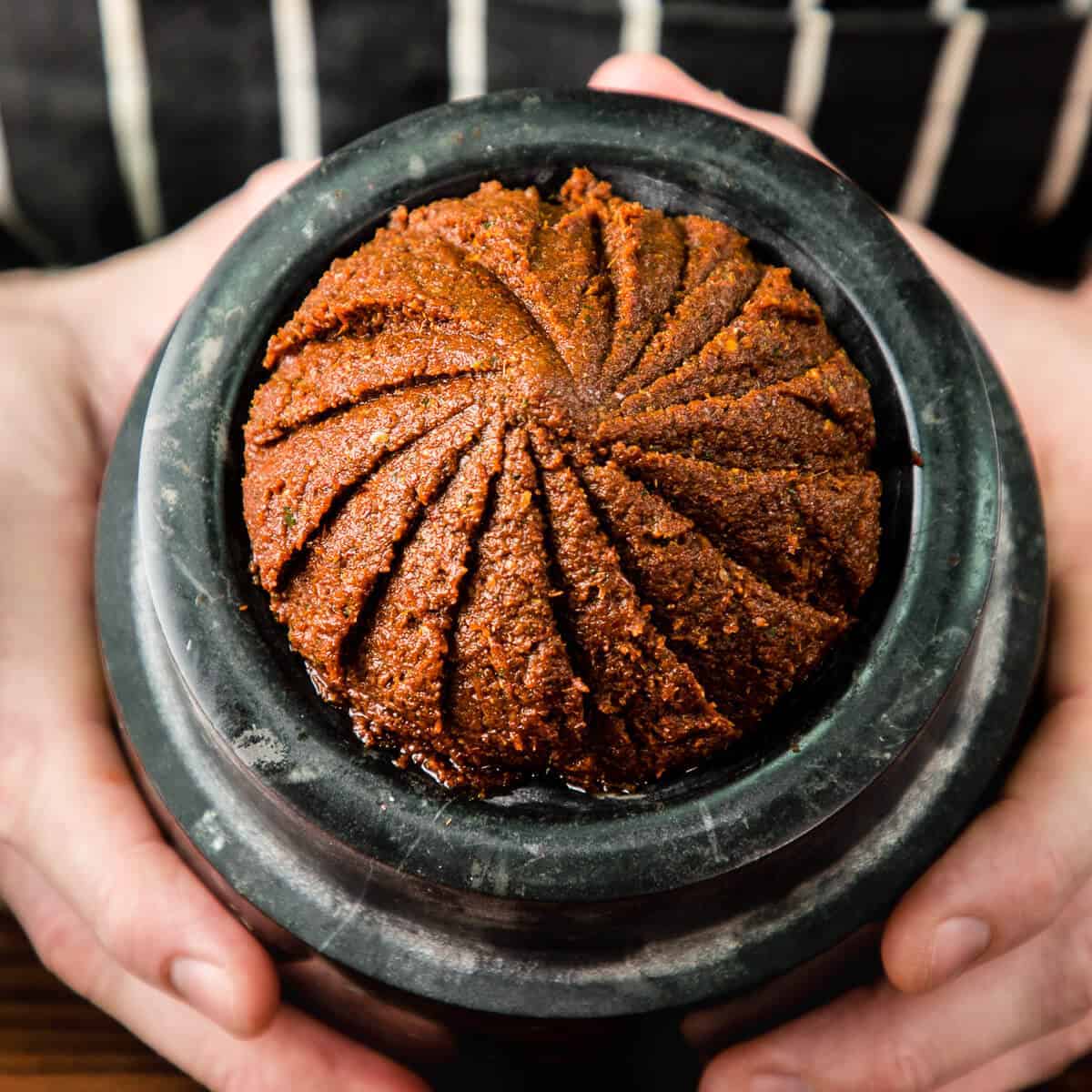
Jump to:
Ingredients
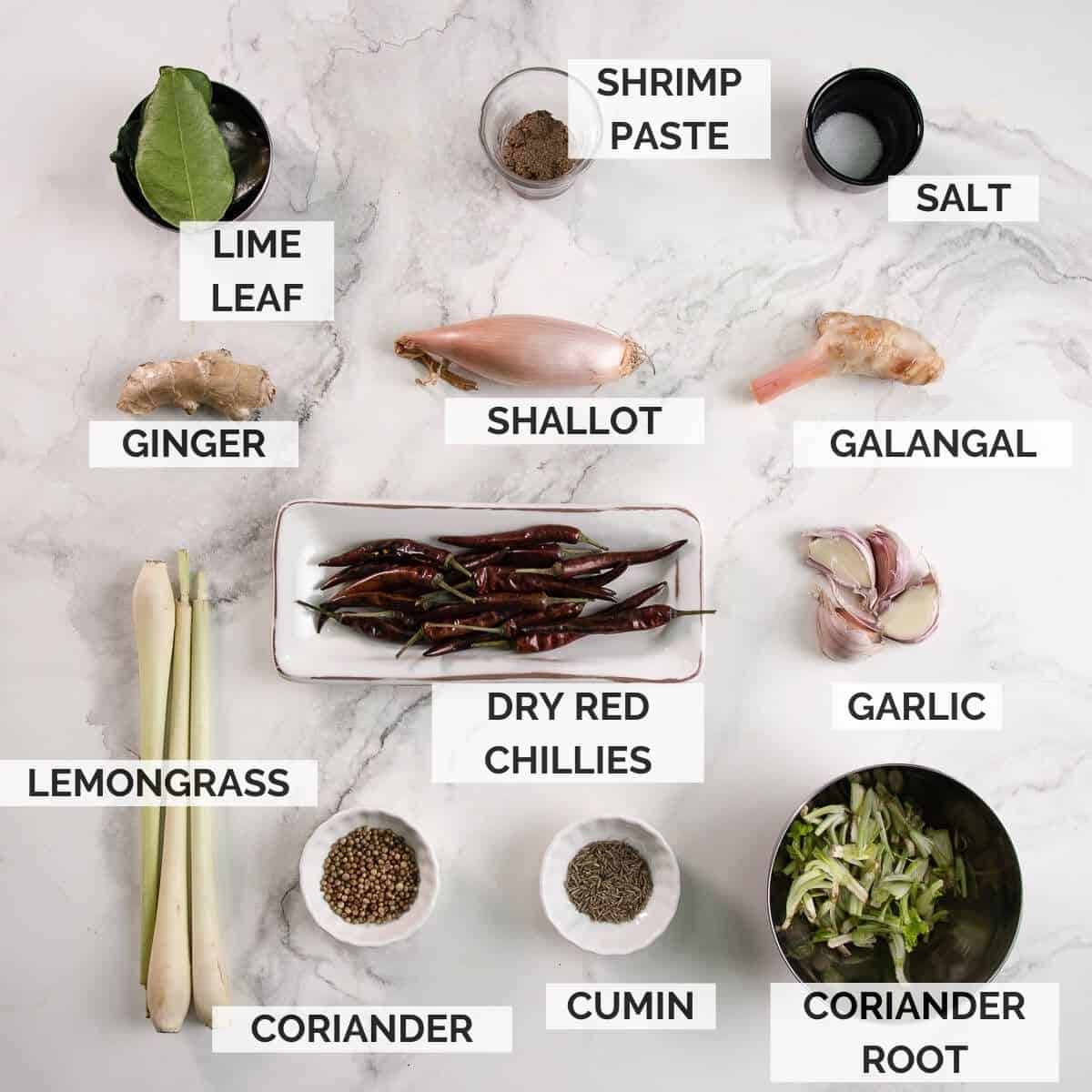
- Lime leaf - Use fresh Kaffir lime leaves if you can get it. Dried does not have the same fragrance. If you can only find dried, then add fresh lime zest.
- Shrimp paste - This is an essential ingredient in most Thai curry pastes. Use a Thai shrimp paste instead of a blended shrimp sauce, which won't work. Fish sauce can be used as a substitute if you can't find shrimp paste.
- Ginger - This is not a must ingredient, but the paste loves it, and it's available throughout the world. Traditionally, krachai/grachai is used, also known as finger root, but it's either hard or impossible to find outside South East Asia. Ginger is not a substitute for the pungent flavour of krachai, but it does fill a gap. If you can find krachai, then use that.
- Shallots - Shallots are sweeter than onions, and the little Thai shallots or young banana shallots work best. If you can't find either, use tiny young onions.
- Garlic - Usually I am very picky with garlic, but in chilli paste, it's more forgiving. I've even used dried garlic to great effect, but don't tell anyone.)
- Galangal - Another must ingredient and also wildly available in fresh form in Asian supermarkets. Pungent, slightly spicy without burning and unique.
- Chillies - Dried red spur chillies are traditionally used, although this is very much up to your own preference. I like drying my own by placing it into a low-heat oven for about 2 hours. Alternatively, just buy it.
- Coriander root - Coriander root is, as the name suggests, the root part of cilantro or leaf coriander. Markets usually sell bunches of cilantro with the root attached. That's what you need.
- Spices - Two must-have spices are coriander seeds and cumin. Optionally, you can also add white pepper, and many recipes call for it. I don't consider it a must, but I'll include it in the recipe for the sake of being traditional.
- Lemongrass - Unlike white pepper, this is a must ingredient. Fresh or frozen is best, dried lemongrass does not have the same intense fragrance as fresh. Best to avoid using dried.
Instructions
The traditional and correct way of making Thai red curry paste, or any curry paste for that matter, is to pound it in a mortar and pestle.
Wear gloves as the chillies will burn your hands during the pounding process.
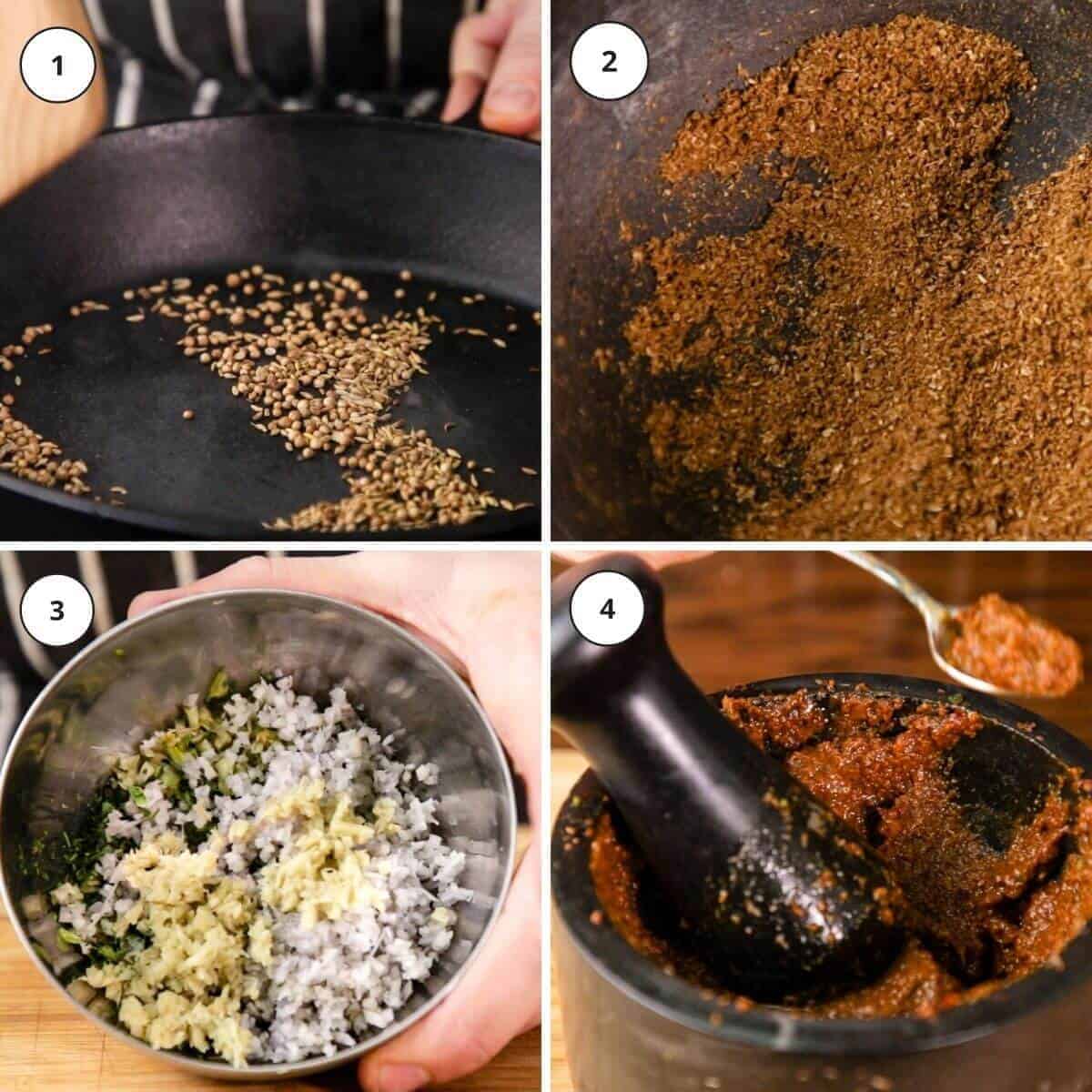
- Soak the dried chillies in enough boiling water to cover it. Let it soak for 30 minutes, then remove the chillies and reserve the water. We have big plans for it.
- Toast the spices in a dry pan or skillet. Set aside to cool.
- Remove the outer layer of the lemongrass. Peel the ginger and galangal with a spoon. Wash the cilantro root thoroughly. Peel top and tail the onion and garlic. You be left with only clean ingredients.
- Chop everything up smaller by hand first to make sure it pounds easier.
- Start by pounding the spices first until fine. Add the chillies and pound until they are kinda more mushed up. Add the rest of the ingredients and start pounding away. This will take a good 45 minutes to an hour.
- Once pounded, the paste will be smooth and ready to use as is. BUT, as always, it can always be taken to the next level. See below.
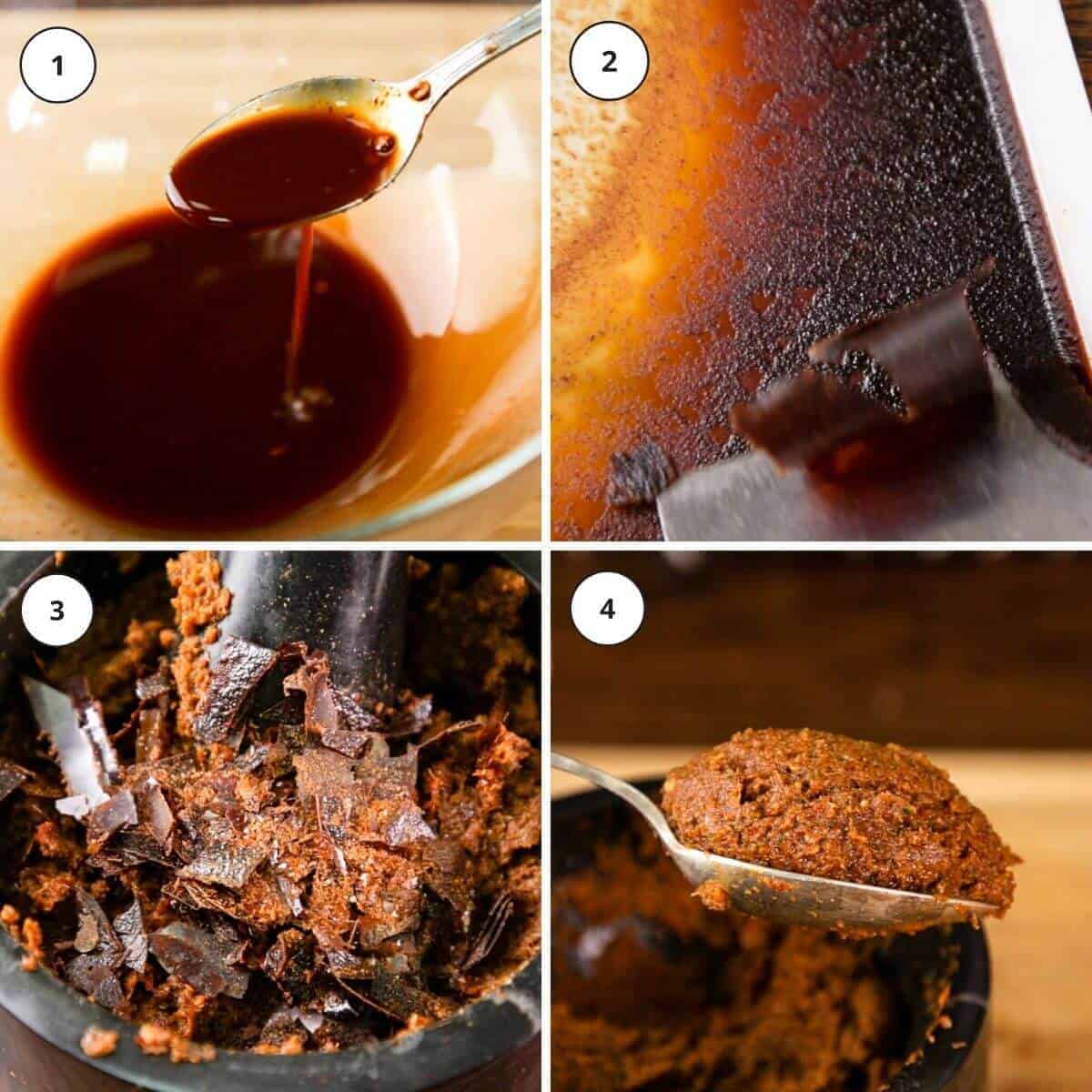
- Take the served chilli soaking water and place a fine sieve over the bowl. Press the paste through the sieve to extract any moisture that would come from the onions, garlic, galangal and fish sauce, if you used that instead of shrimp paste.
- Pour this combined chilli water and curry paste liquid onto a dehydrator tray, or any tray for that matter. Line it with silicone or baking paper first though if it's not plastic. This will make it easier to remove once dried.
- Dry it in a dehydrator or oven set to 70° C or 158° F for 12 hours, or until at least leathery dry.
- Peel or scrape the dried liquid off the trays, cut it up into smaller pieces and pound it back into your curry paste. Now you have the ultimate Thai red curry paste ever made.
Video
Can I use a blender?
Depends on the blender you have.
Regular hand blenders won't work for making curry paste. They are too weak to get all the oils and flavour out of the ingredients.
A good high-speed blender does work, though. It's not 100% the same as pounding, but it will blend the oils and flavour and everything else into one super fine and smooth paste.
If making big batches, I suggest you consider using a high-speed blender to avoid pounding forever.
To help the paste blend, you can add a bit of water then use the technique above to dry the excess liquid and add the solids back in to get maximum flavour for the best Thai red curry paste.
The same technique will work for any other curry paste.
Tips for success
Making the best Thai red curry paste comes down to two very simple elements.
- Ingredient quality - Use the freshest, best ingredients you can find. Apart from spices, chillies and shrimp paste, all the rest of the ingredients should ideally be fresh from the market.
- Preparation method - Pounding will give you the best, most authentic Thai red curry paste. Make the effort. The results are worth it. Before you pound it, cut or grate the ingredients on a Microplane grater to make the job easier and avoid stringy bits from the galangal and lemongrass.
How to cook with it?
Now that you've made the best Thai red curry paste, you obviously want to cook with it.
Curry pastes form the base for many dishes.
If you prepare this base well, you can add almost anything to it and turn it into soup, curry, stir-fry or even use it to cure meat like Thai spiced jerky or a beer snack like Thai spiced cashews.
There are two ways of preparing this base. One fry it in high-fat fresh coconut milk or simply in coconut oil.
To fry it in coconut milk, boil the two together until the milk splits and then gently fry it until fragrant and the raw smell is gone.
Alternatively, fry it in coconut oil on medium heat until the same effect is achieved.
You can also use neutral frying oil if you can't find high-fat fresh coconut milk or coconut oil.
Storage instructions
It's best to store your curry paste in small amounts, so it's comfortable and easy to use a bit when you need it.
It will keep for weeks or months stored in the fridge airtight. The salt and fermented shrimp paste will preserve it and keep it funky and fresh.
You can also freeze it for many years.
- Vacuum bags - This is the best option. Seal in small batches, then store in the fridge or freezer.
- Containers - Best if you plan on using it straight away or often.
Frequently asked questions
No, Although Thai red curry paste might form the base for making the sauce, it's not the same thing.
The paste is a very hot, intense and concentrated flavour base. It's not even sauce consistency.
To make a sauce you need to cook it first then add your liquid of choice. Like coconut milk, stock or cream.
This depends on what you're making or how intense you want it. For curries and soups, use a tablespoon per person for mild intensity.
For stir fries and other dryer preparations, a teaspoon would be enough.
If you like it hot and intense, then up the amount.
Not all, but most. Shrimp paste is a base ingredient of Thai cooking.
Just like Western cooking loves things like Worcestershire sauce and Dijon mustard, Thai food is characterized by these highly pungent ferments to add nuance and flavour.
Useful equipment
Related recipes
This site contains affiliate links. I may earn a tiny commission on qualifying purchases at no extra cost to you. By bookmarking these links you help support the upkeep of this site.
If you found this post helpful or have learned something, comment, subscribe, and follow me on social platforms for more tasty recipes.
Recipe
Authentic Thai Red Curry Paste (Video)
Ingredients
- 50 g (1 cups) Dried red chillies - Soaked in boiling water. (note 1)
- 50 g (6 tablespoon) Galangal - Peeled and finely chopped or grated. (note 2)
- 30 g (4 tablespoon) Garlic - Peeled and finely chopped or grated.
- 50 g (5 tablespoon) Shallots - Peeled and finely chopped. (note 3)
- 15 g Cilantro root - (note 4)
- 50 g (6 tablespoon) Lemongrass - Outer layer peeled, bottom of root removed and finely chopped. (note 5)
- 30 g (2 tablespoon) Shrimp paste - (note 6)
- 15 g (2 tablespoon) Ginger or Krachai - Peeled and finely chopped or grated. (note 7)
- 5 g (8 each) Kaffir lime leaf - Central vein removed and finely chopped. (note 8)
- 10 g (1 ½ teaspoon) Salt - Fine sea salt.
- 10 g (2 tablespoon) Coriander seeds - Toasted.
- 5 g (1 tablespoon) Cumin seeds - Toasted.
- 4 g (1 teaspoon) White peppercorns
Instructions
The base
- Soak the dried chillies in enough boiling water to cover it. Let it soak for 30 minutes, then remove the chillies and reserve the water. We have big plans for it.
- Toast the spices in a dry pan or skillet. Set aside to cool.
- Remove the outer layer of the lemongrass. Peel the ginger and galangal with a spoon. Wash the cilantro root thoroughly. Peel top and tail the onion and garlic. You be left with only clean ingredients. Chop everything up smaller by hand first to make sure it pounds easier.
- Start by pounding the spices first until fine. Add the chillies and pound until they are kinda more mushed up. Add the rest of the ingredients and start pounding away. This will take a good 45 minutes to an hour.
- Once pounded, the paste will be smooth and ready to use as is. BUT, as always, it can always be taken to the next level. See below.T
Making it next level
- Take the served chilli soaking water and place a fine sieve over the bowl. Press the paste through the sieve to extract any moisture that would come from the onions, garlic, galangal and fish sauce, if you used that instead of shrimp paste.
- Pour this combined chilli water and curry paste liquid onto a dehydrator tray, or any tray for that matter. Line it with silicone or baking paper first though if it's not plastic. This will make it easier to remove once dried.
- Dry it in a dehydrator or oven set to 70° C or 158° F for 12 hours, or until at least leathery dry.Peel or scrape the dried liquid off the trays, cut it up into smaller pieces and pound it back into your curry paste. Now you have the ultimate Thai red curry paste ever made.
Video
Notes
- Chillies - As well as flavour, chillies also control the heat. If you want it hotter, then use hotter chillies or simply add more. Alternatively, dial it back by using milder chilli or adding less.
- Galangal - Galangal looks somewhat like ginger with a smooth white, pinkish skin. It has a pungent, slightly sharp smell and flavour. It can't be substituted with anything. Usually, it's found in Asian shops or in most large supermarkets. I've also included a link for you from Amazon.
- Shallots - These are sweeter than onions, and the little Thai shallots or young banana shallots work best. If you can't find either, use tiny young onions.
- Cilantro root - Cilantro root is, as the name suggests, the root part of cilantro or coriander. Markets usually sell bunches of cilantro with the root attached. That's what you need.
- Lemongrass - Fresh or frozen is best, dried lemongrass does not have the same intense fragrance as fresh. Make sure to peel the outer layer if it is dry. Sometimes if the lemongrass is super fresh, there's no need to peel it.
- Shrimp paste - This is an essential ingredient in most Thai curry pastes. Use a Thai shrimp paste instead of a blended shrimp sauce, which won't work. You can also use balacan shrimp paste, which is a Malaysian brand. Fish sauce can be used as a substitute if you can't find shrimp paste.
- Ginger/Krachai - Krachai/grachai or finger root is not ginger, and nor does it taste similar. However, because krachai is not easily found, you can use ginger to add a bit of nuance otherwise lost in the absence of krachai.
- Kaffir lime leaves - Comes from the tree the Kaffir limes grow on, of course. Fresh lime leaves are best, but they are also sold frozen and dried although, dried is not recommended. Better use the zest of lime instead.
- Spices - It's best to roast the spices whole, then pound in the pestle and mortar. Pre-ground spices lack depth, aroma and freshness of flavour.
- Vacuum bags - This is the best option. Seal in small batches, then store in the fridge or freezer.
- Containers - Best if you plan on using it straight away or often.

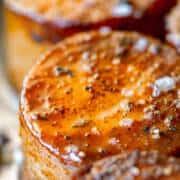
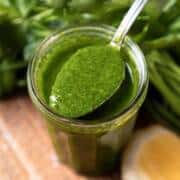

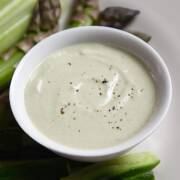
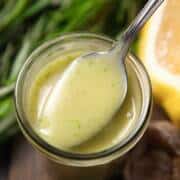
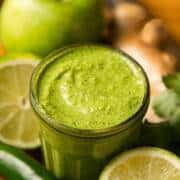
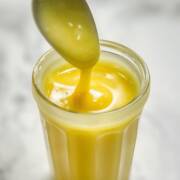
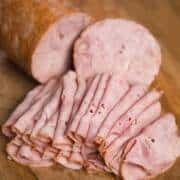
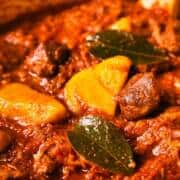
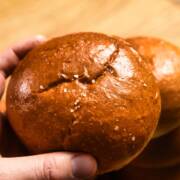
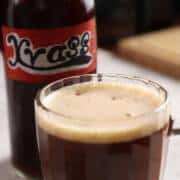
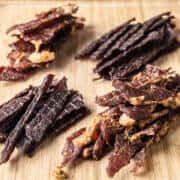
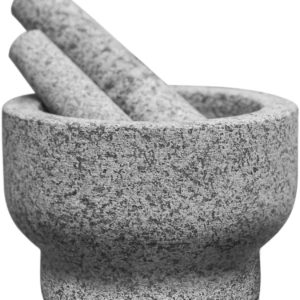
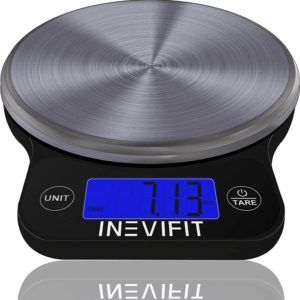
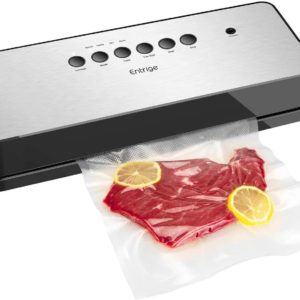
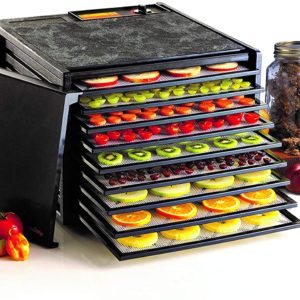
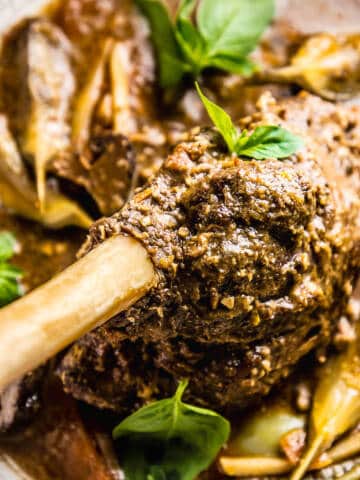
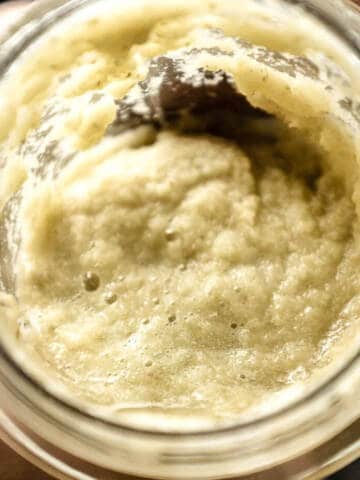
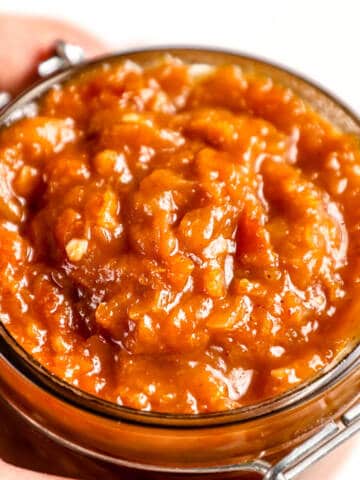
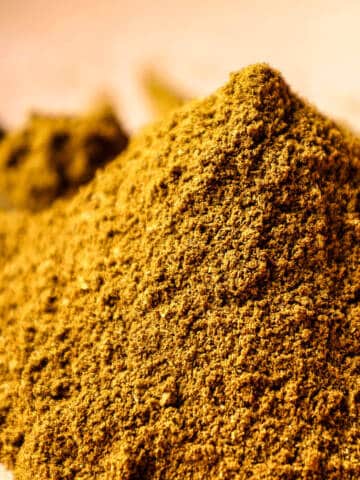
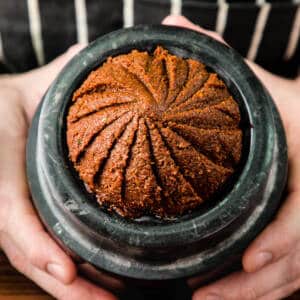
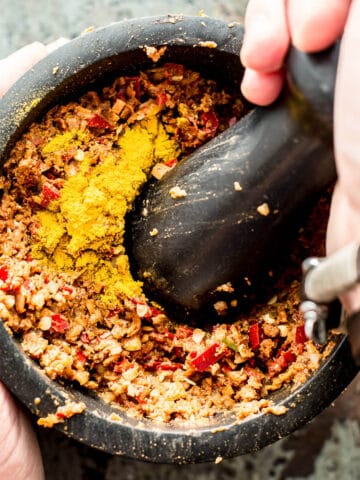
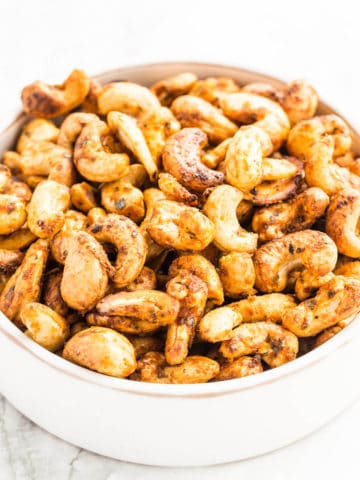


Comments
No Comments